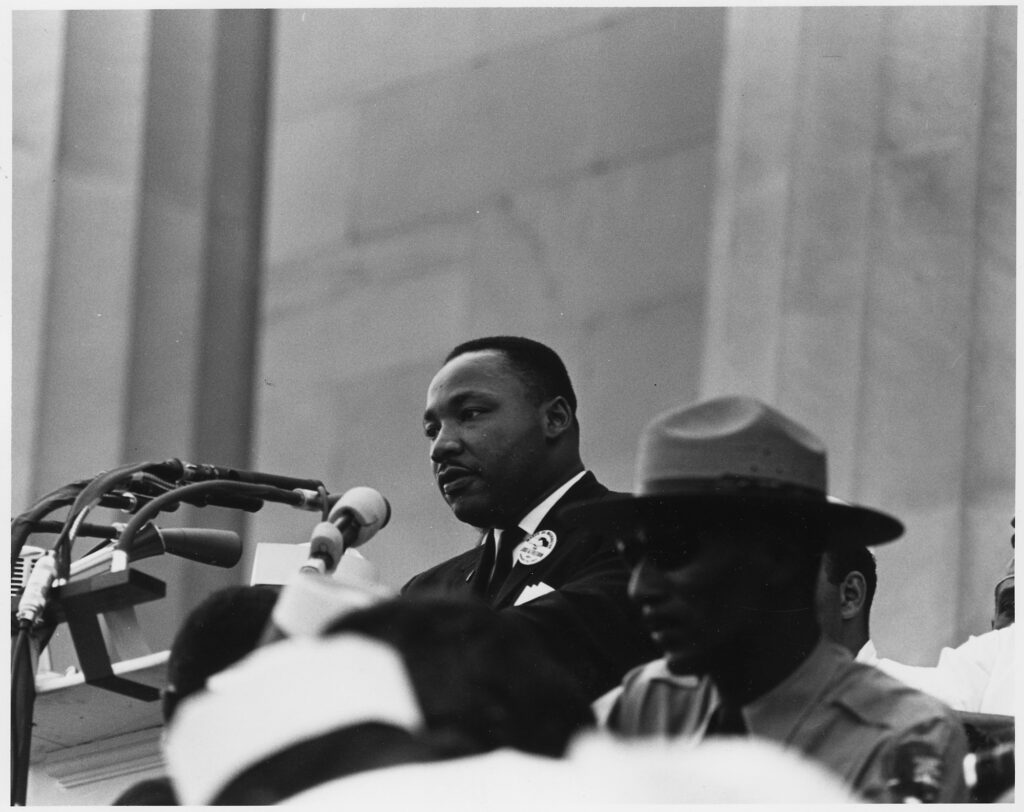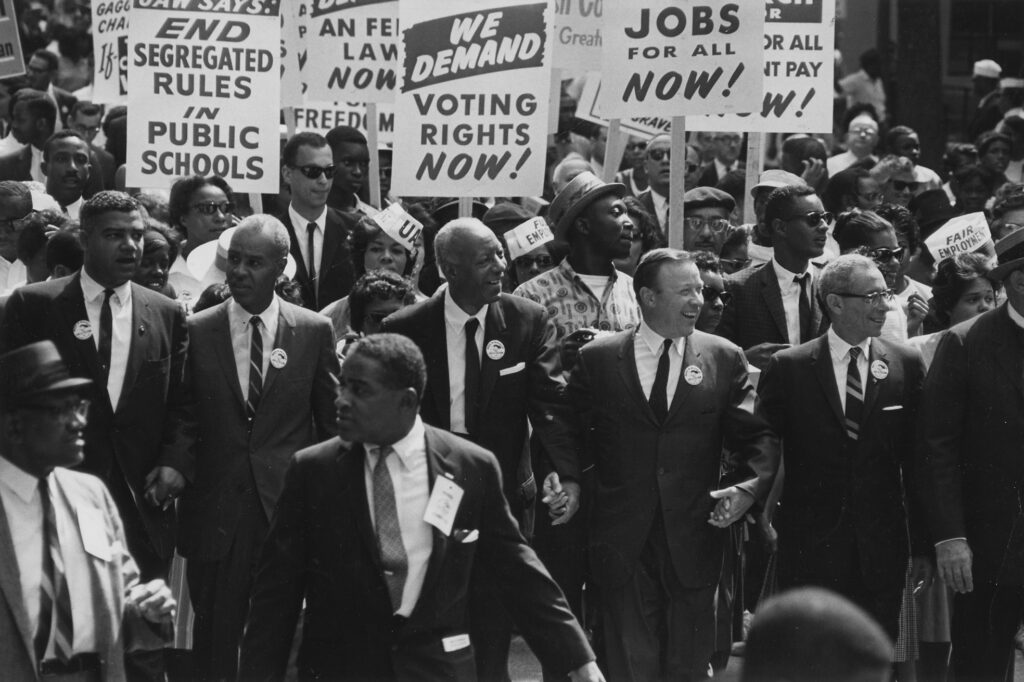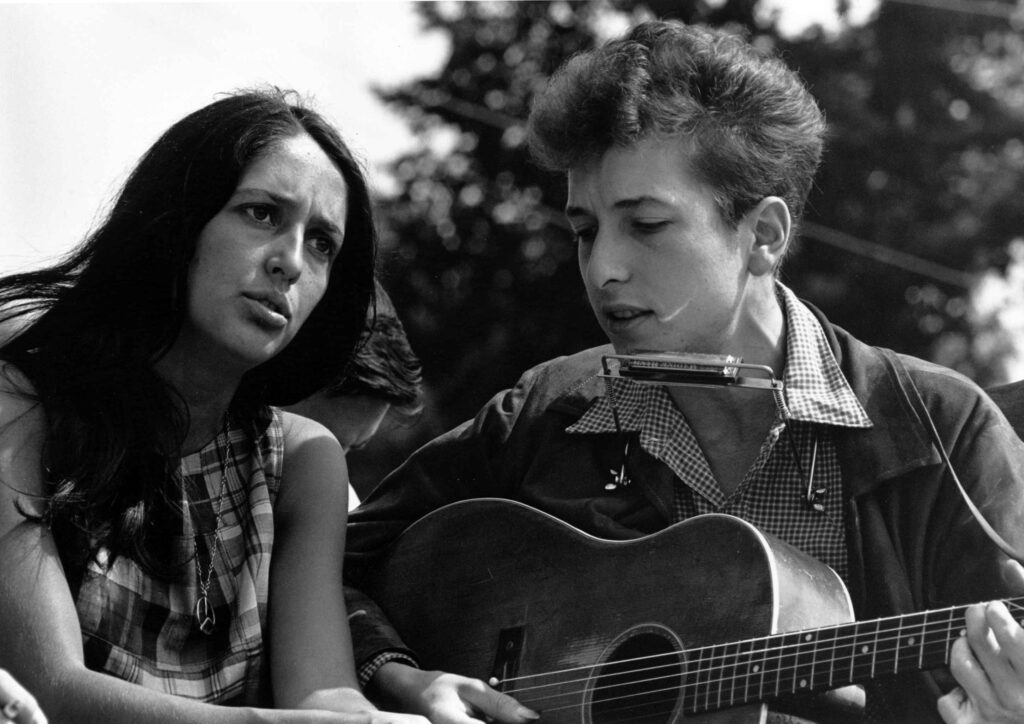
In the summer of 1963, over 200,000 people gathered in Washington, D.C. for a historic civil rights rally known as the March on Washington. The aim of the march was to draw attention to the ongoing struggle for racial equality and justice in the United States.
At the time, African Americans were still facing widespread discrimination and segregation, despite the landmark Brown v. Board of Education Supreme Court ruling that had outlawed segregated schools nine years earlier. The march organisers, including Martin Luther King Jr., wanted to pressure the federal government to take stronger action to protect the civil rights of black Americans.


The climax of the march was King’s stirring “I Have a Dream” speech, in which he eloquently articulated his vision of a more just and equal society. With his powerful words and soaring rhetoric, King painted a hopeful picture of a future where people would be judged not by the colour of their skin, but by the content of their character.

The speech was a watershed moment, inspiring millions and providing fresh momentum to the civil rights movement. It helped shift public opinion and put immense pressure on President John F. Kennedy and Congress to act. Within a year, the landmark Civil Rights Act of 1964 was passed, banning discrimination based on race, colour, religion, sex, or national origin.

The March on Washington and King’s legendary speech are now considered pivotal events in the struggle for racial equality in America. They showed the power of peaceful protest and the transformative impact that one person’s vision and oratory skills could have. The march’s consequences reverberated for years, fuelling further civil rights victories and helping to lay the foundations for a more just and inclusive society.
An historic view of the March on Washington:
QUESTION:

VOCABULARY:
